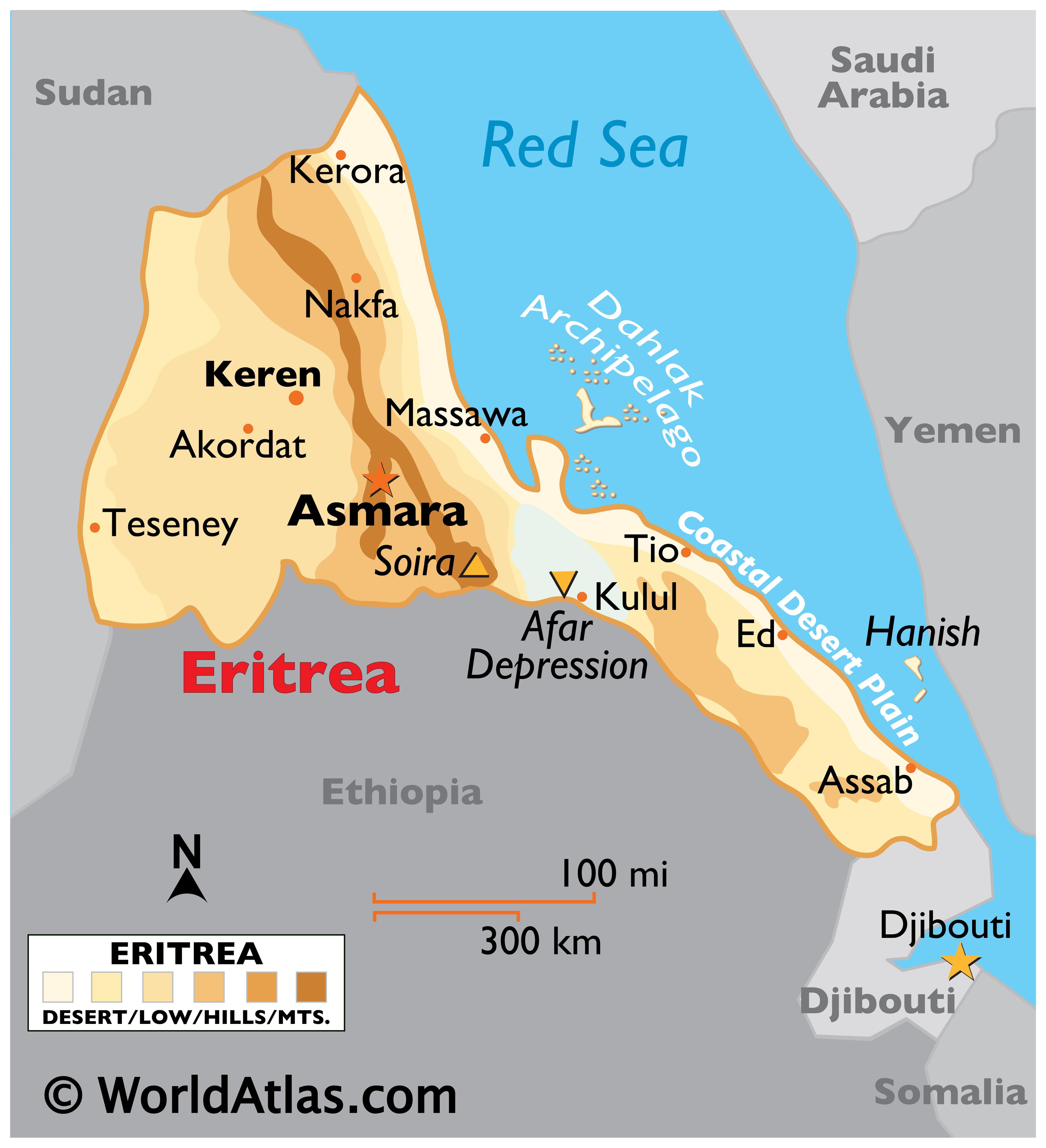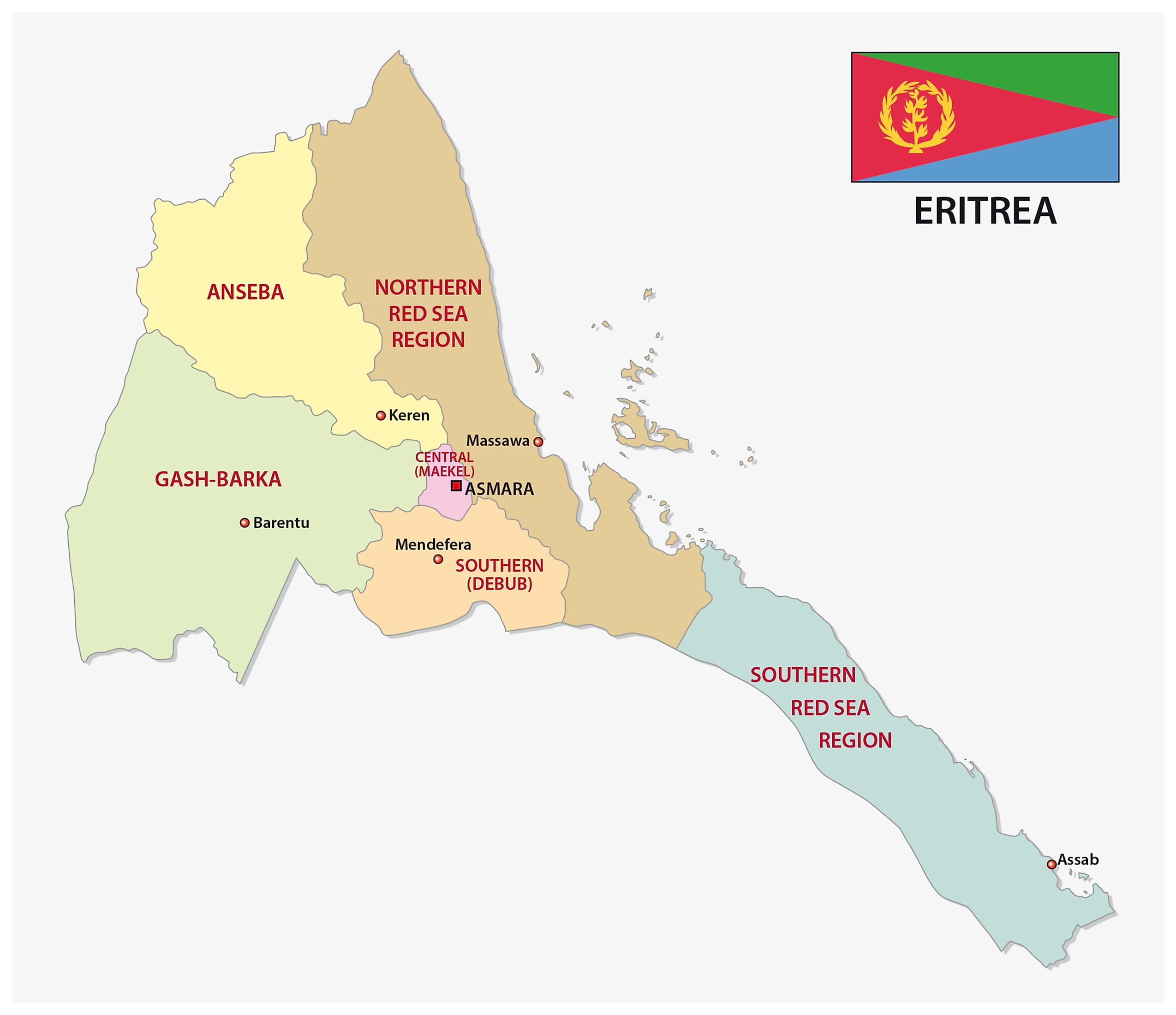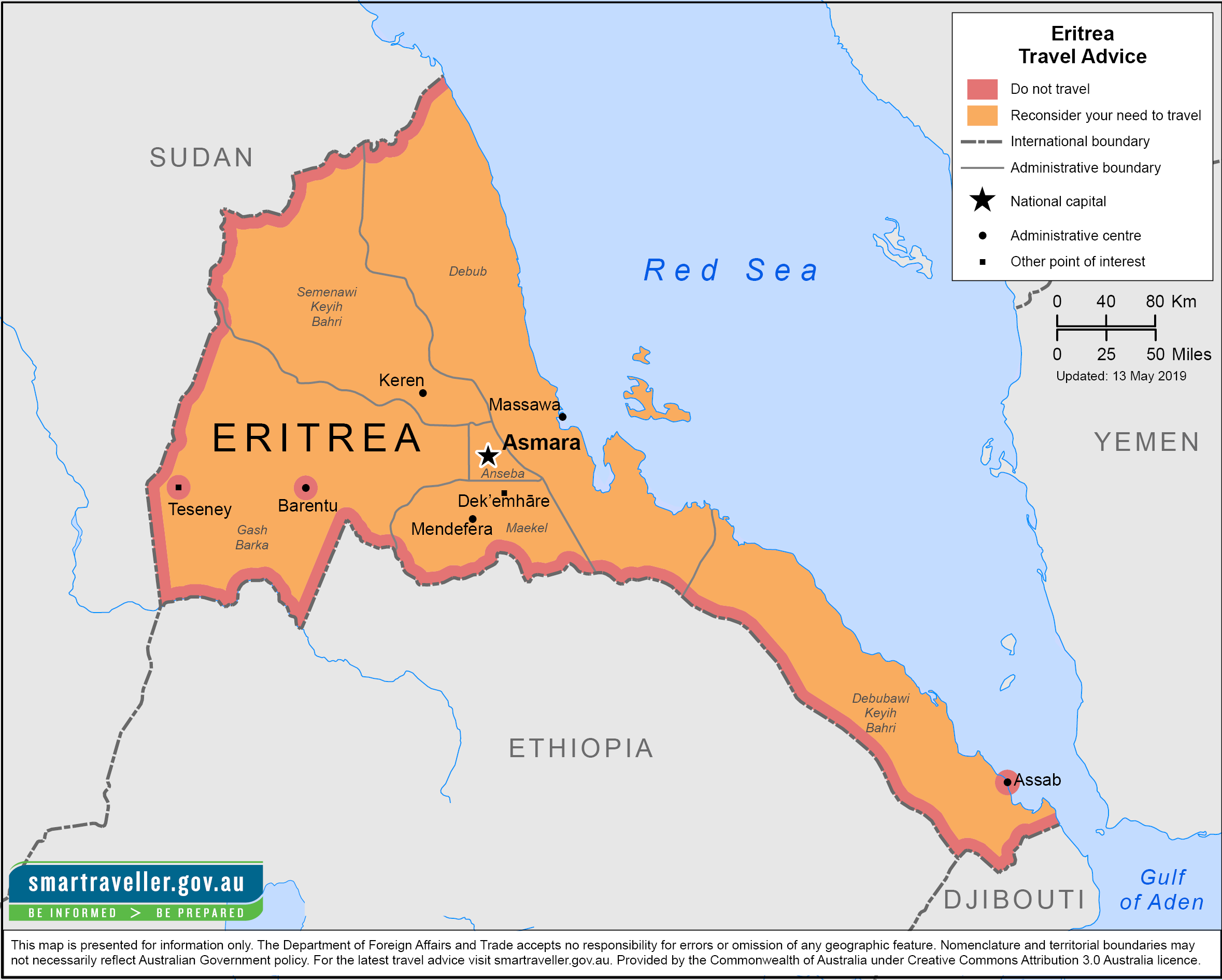Have you ever wondered about the stories woven into the fabric of a nation? When you think about a country's heart, its true spirit, so often it's found in the clothes people wear. Eritrea, a nation situated in East Africa along the stunning Red Sea coastline, offers a rich tapestry of history, culture, and natural beauty, and its traditional attire is truly a vibrant part of that picture. It's a way people show who they are, where they come from, and what they hold dear, you know?
This beautiful country, bordered by Sudan to the west, Ethiopia to the south, and Djibouti to the southeast, has seen quite a lot throughout its past. Back in 1962, the government of Ethiopia actually annulled the Eritrean parliament and formally annexed Eritrea, which, as a matter of fact, led to the Eritrean secessionist movement organizing the Eritrean Liberation Front. Through all of this, traditional dress has remained a powerful symbol, holding onto heritage and identity even during challenging times, very much like a quiet, steady heartbeat.
So, if you're curious about how clothing can speak volumes about a people, their resilience, and their deep connection to their roots, then getting to know Eritrea national dress is a truly wonderful place to start. It's almost like stepping into a living museum, where every stitch and every fold tells a tale of tradition, community, and pride, isn't it?
Table of Contents
- The Heart of Eritrean Culture: Why Dress Matters
- Exploring the Beauty of Eritrea National Dress
- The Journey of Eritrean Attire Through Time
- People Often Ask About Eritrea National Dress
- Conclusion: Embracing Eritrean Cultural Splendor
The Heart of Eritrean Culture: Why Dress Matters
Understanding the traditional clothes of Eritrea is a lot more than just looking at pretty outfits; it's about connecting with the very soul of a people. It's really about how culture expresses itself, and for Eritreans, their national dress is a powerful way to do that, so it is.
A Land of Rich Stories and Deep Roots
Eritrea, this East African country with its beautiful coastline on the Red Sea, has a story that runs deep. From its location on the Horn of Africa, bordered by Sudan, Ethiopia, and Djibouti, you can see it's a place where many paths have crossed. The capital, Asmara, is a city with its own unique charm, reflecting some of this rich past, you know?
The history of Eritrea, including that significant moment in 1962 when Ethiopia annexed it, really shows a nation that has fought to preserve its identity. This kind of history, with its struggles and triumphs, gets woven into the cultural fabric, literally and figuratively. The dress, in a way, becomes a quiet testament to enduring heritage, something that stays constant even when other things change, apparently.
Even though the country is described as poor, its cultural wealth is immense. The traditional attire is a shining example of this, carrying forward generations of skill, artistry, and collective memory. It's almost like each garment is a little piece of history you can wear, isn't it?
Weaving Identity Through Fabric
For many cultures around the globe, what you wear goes far beyond just covering your body. It's a statement, a connection to your community, and a declaration of who you are. This is very true for Eritrea national dress, which serves as a visible marker of identity, both for individuals and for the nation as a whole.
When people wear their traditional clothes, especially during celebrations or important events, it’s like they're saying, "This is us." It fosters a sense of belonging and shared heritage. It's a way to honor ancestors and pass on traditions to younger generations, too it's almost a teaching tool.
The patterns, the colors, the very style of the garments can tell you a lot about regional differences, social status, or even the specific occasion. It’s a language without words, a visual story that everyone in the community understands. This deep connection to dress helps keep cultural traditions alive and well, which is pretty important, actually.
Exploring the Beauty of Eritrea National Dress
The visual appeal of Eritrea national dress is truly striking, full of grace and often featuring lovely details. While there aren't photos provided in the specific text I'm working with, we can still appreciate the beauty through description and general knowledge of such attire. It’s a bit like imagining a beautiful painting just from hearing it described, isn't it?
Common Styles and Features
For Eritrean women, a very common and widely recognized traditional outfit is the "Zuria" or "Kidan Habesha." This usually involves a long, flowing white dress, often made from cotton or silk, that reaches the ankles. It's frequently adorned with intricate patterns or borders, often in bright, contrasting colors, along the neckline, cuffs, and hem.
The dress is typically worn with a "Netela," which is a thin, gauzy shawl. This shawl can be draped elegantly over the shoulders and head in various ways, adding a touch of modesty and grace. The way it's worn can vary depending on the occasion or personal style, giving each person a unique look, really.
For men, traditional attire might include a long, white cotton shirt called a "Jelebiya" or "Kameez," often paired with matching trousers. Sometimes, a "Gabi" or "Kuta" – a thick, hand-woven shawl – is draped over the shoulders, especially in cooler weather or for formal events. These garments tend to be simple yet dignified, reflecting a practical elegance.
Children, too, often wear smaller versions of these traditional clothes, particularly during holidays or family gatherings. It’s a lovely sight to see them dressed up, carrying on the traditions of their elders, you know?
Colors and Symbols: What They Mean
While white is a very popular color for Eritrea national dress, symbolizing purity and peace, other colors also play a significant role. Bright reds, blues, greens, and yellows are often seen in the embroidery and decorative patterns. These colors aren't just for show; they can carry meaning, too.
For example, red might symbolize courage or the blood shed for freedom, especially given Eritrea's history. Green could represent fertility and the land, while blue might evoke the Red Sea or the sky. The patterns themselves are often geometric or inspired by nature, and they can be unique to certain regions or even families, telling a story through their design, that is.
The choice of fabric also matters. Finer materials like silk might be reserved for special occasions, while sturdy cotton is more common for daily wear. The quality of the fabric and the intricacy of the embroidery can sometimes indicate status or wealth, though the underlying styles remain consistent, in a way.
Dress for Every Occasion: From Daily Life to Celebrations
Eritrea national dress isn't just for museums or formal events; it's a living tradition that fits into various aspects of life. While modern clothing is certainly common for everyday wear, especially in urban areas like Asmara, traditional attire still holds a very special place for specific moments.
For religious holidays like Christmas (Gena) or Easter (Fasika), people often don their finest traditional clothes. Weddings are another occasion where the beauty of Eritrean dress truly shines, with brides and grooms, along with their families, dressed in elaborate and elegant garments. These are moments when the cultural pride is really on full display, you know?
Even for less formal gatherings, like family visits or community events, you might see people choosing to wear their traditional outfits. It’s a way of showing respect, celebrating heritage, and simply looking their best. It's a rather beautiful sight, actually, seeing the streets come alive with these traditional styles.
The Journey of Eritrean Attire Through Time
Like any aspect of culture, Eritrea national dress hasn't just stood still. It has evolved, reflecting the nation's journey and adapting to new influences while still holding onto its core identity. It's a bit like an old tree, growing new branches but keeping its deep roots, isn't it?
Echoes of History in Every Stitch
Eritrea's path has been shaped by significant historical events. The annexation by Ethiopia in 1962 and the subsequent struggle for independence, spearheaded by movements like the Eritrean Liberation Front, left an indelible mark on the nation's spirit. In times of conflict and change, cultural practices, including dress, often become even more important as symbols of unity and resistance, very much so.
The resilience of the Eritrean people, which allowed them to adopt a constitution in 1997 stipulating a presidential republic, even if it has yet to be fully implemented, is also reflected in their enduring cultural expressions. Traditional dress, in this context, becomes a quiet yet powerful statement of continuity and pride, a way to say, "We are still here, and this is who we are," you know?
The practical aspects of the dress, like its suitability for the climate along the Red Sea coastline, also speak to generations of accumulated wisdom. It's not just about aesthetics; it's about comfort and functionality, too, making it a truly practical choice for daily life in this region, in a way.
Modern Touches on Ancient Traditions
While the core elements of Eritrea national dress remain timeless, there's always a subtle evolution. Designers and individuals sometimes incorporate modern fabrics, new embroidery techniques, or slightly updated silhouettes, giving traditional garments a fresh look without losing their essence.
Younger generations, particularly, might find creative ways to blend traditional pieces with contemporary fashion, perhaps pairing a Netela with modern attire or adapting traditional patterns into accessories. This shows that the culture is alive and dynamic, not just stuck in the past, which is pretty cool, actually.
This blending of old and new ensures that Eritrea national dress stays relevant and appealing across different age groups. It's a beautiful example of how traditions can adapt and thrive in a changing world, always finding new ways to express the enduring spirit of a nation, you know?
People Often Ask About Eritrea National Dress
It’s natural to have questions when you’re learning about a new culture's attire. Here are some common inquiries people often have about Eritrea national dress, and a bit about the answers, too.
What is the traditional dress of Eritrea called?
For women, the most recognizable traditional dress is often referred to as the "Zuria" or "Kidan Habesha." This term is shared with neighboring cultures, reflecting the region's interconnectedness. It typically describes the elegant, often white, long dress worn with a matching shawl, the "Netela." For men, while there isn't one single widely known specific name like "Zuria," their traditional wear includes garments like the "Jelebiya" or "Kameez" and various types of cloaks or shawls, sometimes called "Gabi" or "Kuta." It's a bit like different regions having slightly different names for similar things, you know?
What materials are used in Eritrean traditional clothing?
Traditionally, natural fibers like cotton are very common for Eritrea national dress. Cotton is breathable and comfortable, which is important for the climate in East Africa. For more formal or celebratory attire, silk might be used, adding a luxurious feel and drape to the garments. The embroidery, which is a key feature, often uses cotton or silk threads in vibrant colors. Sometimes, synthetic blends might be used in more modern interpretations, but the preference for natural, breathable fabrics remains strong, which makes a lot of sense, actually.
How does geography influence Eritrean traditional attire?
Eritrea's geography, being located on the Red Sea and bordered by Sudan, Ethiopia, and Djibouti, certainly plays a part in its traditional dress. The climate, which can be hot and humid along the coast and more arid inland, naturally favors lightweight, flowing fabrics that allow for air circulation. This is why cotton is such a popular choice. The long, loose styles also help with comfort in warmer temperatures. Moreover, the historical trade routes through the Red Sea might have influenced the availability of certain fabrics or the exchange of design ideas with other cultures in the region, subtly shaping the styles over time, you know? Learn more about Eritrean culture on our site, and link to this page here for historical context.
Conclusion: Embracing Eritrean Cultural Splendor
Eritrea national dress is truly a remarkable expression of a nation's identity, history, and artistic spirit. It’s a vivid reminder of the country's rich tapestry of culture, a beautiful sight to behold, and a powerful symbol for its people. Understanding these traditional garments helps us appreciate the depth and beauty of Eritrean heritage, which is pretty special, isn't it?
Each piece of traditional attire tells a story, connecting the present to a long and resilient past, even through moments like the 1962 annexation by Ethiopia. It’s a living tradition that continues to evolve, yet always holds onto its core values. So, the next time you think about Eritrea, remember the elegance and meaning woven into its national dress, a truly enduring part of its charm.



Detail Author:
- Name : Muhammad Harber
- Username : emmalee64
- Email : bettie42@yahoo.com
- Birthdate : 2002-07-31
- Address : 910 Boris Course Apt. 364 Naderberg, IL 02642
- Phone : 458-539-7989
- Company : Pacocha-Becker
- Job : Paper Goods Machine Operator
- Bio : Temporibus sequi blanditiis officiis debitis est. Harum suscipit neque excepturi. Provident sit recusandae doloribus soluta laboriosam sit vel. Explicabo ea voluptates rerum et.
Socials
linkedin:
- url : https://linkedin.com/in/eliseo.powlowski
- username : eliseo.powlowski
- bio : Voluptatem enim velit asperiores eos fugit.
- followers : 3227
- following : 2489
facebook:
- url : https://facebook.com/powlowski2004
- username : powlowski2004
- bio : Et voluptatum necessitatibus libero perferendis ipsum perferendis.
- followers : 4887
- following : 2287
twitter:
- url : https://twitter.com/powlowskie
- username : powlowskie
- bio : Enim consequatur delectus voluptatum aut quia omnis quod corrupti. Sit ut laboriosam rem culpa impedit blanditiis cupiditate.
- followers : 5011
- following : 3000